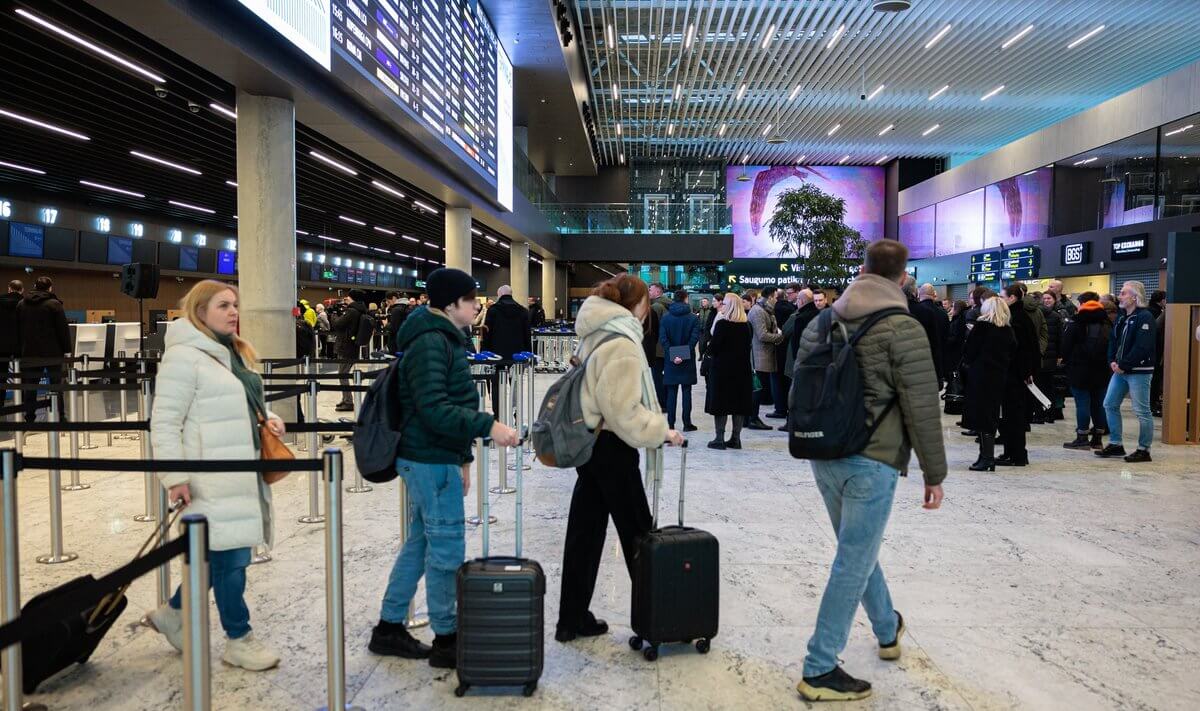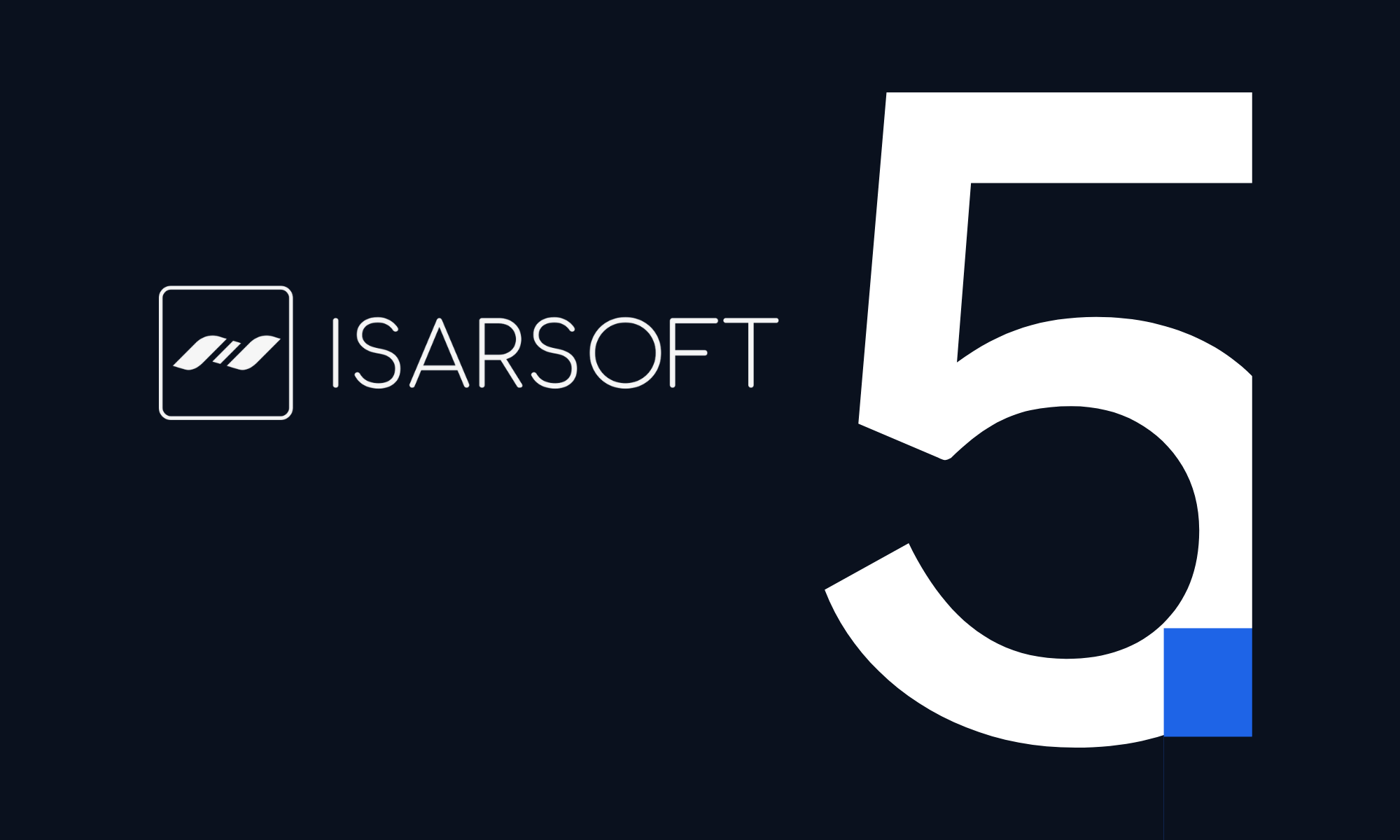Why Airport Queues Are Costing More Than You Think
Learn how to optimize airport queue management with real-time monitoring, predictive flow analytics, and dynamic staff deployment. Reduce wait times, improve passenger experience, and boost operational efficiency.
Published
June 18, 2025

Airport queues are where passenger satisfaction meets operational reality. A single bottleneck at security screening can cascade into missed connections, frustrated travelers, and stressed staff. For airport operators, the challenge is to create a predictable and efficient flow while maintaining security standards and controlling costs — especially as traffic rebounds sharply.
In 2023, global air passenger traffic reached 94.1% of pre-pandemic (2019) levels, with over 8 billion annual passengers projected by 2040 (IATA, 2024). Yet the infrastructure and staffing models at many airports have struggled to keep pace. For instance:
- Reactionary delays (often due to missed connections and long queues) accounted for 48% of all flight delays in Europe in 2022 (Eurocontrol, 2023).
- Security wait times alone can range from under 10 minutes at optimized airports to over 45 minutes at congested hubs, dramatically influencing on-time performance and passenger satisfaction (Bounce Airport Wait Time Study, 2024).
Modern airports route passengers through multiple critical touchpoints — check-in counters, security lanes, immigration booths, customs halls, and boarding gates. Each airport queue is a potential friction point. If one breaks down, it can compromise the entire passenger journey, lower throughput, delay flights, increase operating costs, and negatively affect retail revenue.

The Hidden Costs of Poor Queueing
What's at stake when the airport queuing system isn't working well? Far more than just unhappy passengers. Inefficiencies at key touchpoints ripple across the terminal and show up in your bottom line — through increased costs, lost revenue opportunities, and compliance risks:
These operational, financial, and compliance pressures underline a clear reality: airports need more than just incremental fixes. Even with modern tools, managing passenger flow remains one of the industry’s most persistent challenges.
Queue Management Airport Challenges
Despite the adoption of modern technologies, managing queues remains one of the toughest operational challenges for airports. Technologies like AI-based forecasting, video analytics, and passenger tracking have enhanced the ability to monitor flows and anticipate congestion. However, the day-to-day realities of complex airport operations and rigid physical layouts continue to create significant pressure points, particularly during peak hours.
Interconnected Queues
Airport processes are tightly linked. A delay at check-in can quickly ripple into longer waits at security. If immigration slows down, customs may become congested. These chain reactions are often difficult to spot in real-time, but they can significantly disrupt the passenger journey.
Staffing and Resource Allocation
Deciding when and where to deploy staff, such as opening extra check-in counters or security lanes, must often be done hours in advance. Without accurate and timely forecasts, airports risk either overstaffing (wasting resources) or understaffing (causing bottlenecks and passenger frustration).
Physical Space Limitations
Many terminals were not designed to accommodate today’s passenger volumes or dynamic queue patterns. During busy periods, lines can spill into walkways, retail zones, or even emergency exits, creating not only operational headaches but also safety concerns.These challenges highlight the need for a unified, real-time, and adaptive airport queuing systems.

How to Improve Airport Passenger Flow
Here are four core strategies airports can implement to improve passenger movement, reduce wait times, and enhance overall throughput:
Real Time Queue Monitoring
Effective queue management starts with accurate, real-time data about queue lengths, wait times, and passenger flow rates. This requires monitoring systems that can:
- Track actual queue lengths across multiple locations
- Measure wait times from queue entry to service completion
- Identify bottlenecks before they impact passenger experience
- Provide alerts when queues exceed defined thresholds.
Predictive Flow Management
Historical data combined with flight schedules enables proactive resource allocation. Airports need queue optimization software that can:
- Forecast passenger arrival patterns based on flight schedules and historical trends
- Predict queue formation timing and duration
- Recommend staff deployment and facility configuration changes
- Account for special events, weather delays, and seasonal variations
Dynamic Resource Deployment
Queue management requires flexible response capabilities:
- Rapid opening of additional service points during demand spikes
- Staff redeployment between queue areas based on real-time needs
- Temporary queue configuration changes using portable barriers and signage
- Coordination between different airport departments and service providers
Passenger Communication
Proactive communication reduces passenger anxiety and helps distribute demand:
- Real-time wait time displays at queue entry points
- Clear signage directing passengers to shorter alternative queues
- Warnings about expected delays or alternative routing options
Bringing these components together requires more than just manual coordination — it demands technology that can sense, analyze, and respond in real time. To meet these needs at scale, airports must adopt solutions that are not only intelligent and accurate but also adaptable to their infrastructure and regulatory environment. That’s where Isarsoft comes in.
Flexible AI Queue Management
Isarsoft's airport queue management platform integrates seamlessly with existing airport systems, offering flexibility in deployment and advanced analytics for informed decision-making.
At its core is an AI-powered perception layer that utilizes video analytics to measure queue lengths, crowd density, and dwell times. Heat maps help identify bottlenecks, while occupancy detection enables configurable alerts for congestion thresholds — all in real-time.
To match the diversity of airport IT environments, Isarsoft supports multiple deployment models:
- Edge computing for remote zones with ultra-low latency
- Server-based setups for centralized control
- Hybrid cloud for scalable, secure analytics across terminals
Isarsoft integrates directly with existing video management systems (VMS) and processes RTSP camera streams without disrupting ongoing security operations. It also supports real-time data exchange through MQTT, REST, GraphQL, and HTTPS, enabling updates across operational dashboards, alert systems, and business intelligence tools.
Whether for curbside check-ins or centralized strategic planning, Isarsoft delivers queue analytics that fit the operational, compliance, and infrastructure realities of modern airports.
Built for EU Compliance & Data Control
Isarsoft Perception is built with privacy and compliance in mind. Developed in Germany, it meets strict EU data protection standards and is entirely GDPR compliant. The system employs a privacy-first approach that avoids storing personal data, emphasizing transparency and data minimization.
Security is reinforced through internal and external audits, encryption, and role-based access controls. The platform also offers flexible deployment options: cloud, hybrid, or on-premises — with support for sovereign hosting and VPN-secured data transfer, meeting the infrastructure needs of modern European organizations.
Advanced Analytics and Forecasting
Beyond basic queue length monitoring, modern systems provide:
Predictive Capabilities
- Process modeling based on historical passenger flow patterns
- Staff provisioning recommendations using AI-driven forecasts
- Service level predictions during peak periods
- Capacity optimization suggestions based on real-time data
Real-World Impact: Isarsoft at Lithuanian Airports
In partnership with FIMA, Isarsoft is delivering an AI-based queue management system to three Lithuanian airports: Vilnius, Kaunas, and Palanga. The project, commissioned by Lithuanian Airports (LTOU), is designed to monitor and optimize passenger flow through security checkpoints using real-time video analytics.
With installation across 34 video streams and full integration with existing security systems, the solution enables:
- Accurate, real-time tracking of queue lengths and wait times
- Dynamic alerting when thresholds are exceeded
- Improved staff planning through live and historical insights
This deployment exemplifies how Isarsoft’s platform enhances operational efficiency, passenger satisfaction, and infrastructure utilization — without requiring new hardware investments.

Operational Intelligence
- Cross-terminal queue performance comparison
- Bottleneck identification and resolution recommendations
- Resource allocation optimization based on demand patterns
- Integration with process assumptions and operational databases.
Airport Queue System Implementation
Start with Baseline Measurement
Before implementing airport queue management solutions, establish current performance baselines:
- Document existing queue patterns and peak periods
- Measure current wait times and passenger flow rates
- Identify recurring bottlenecks and their root causes
- Calculate current operational costs related to queue management
Phased Deployment Approach
Implement queue management improvements gradually:
- Begin with high-impact, high-visibility areas like security screening
- Expand to other queue points once initial systems prove effective
- Integrate systems progressively rather than attempting full deployment simultaneously
- Train staff on new procedures and technologies before full implementation
Staff Training and Change Management
Technology solutions require human adoption:
- Train operations staff on interpreting queue data and taking appropriate actions
- Establish clear procedures for responding to queue alerts and thresholds
- Create feedback loops between frontline staff and management systems
- Develop contingency procedures for system outages or unusual situations
Continuous Monitoring and Optimization
Effective airport queuing requires ongoing oversight and operational alignment — technology alone isn't enough.
Key actions include:
- Training staff to interpret data and act on alerts
- Defining response protocols for threshold breaches
- Establishing feedback loops between frontline teams and management
- Preparing contingency plans for system outages or disruptions
To sustain performance over time:
- Review metrics regularly to spot trends and bottlenecks
- Adjust for seasonal patterns and special events
- Incorporate operational insights into system updates
- Benchmark performance against industry standards
Continuous improvement ensures the airport queue system remains effective, scalable, and aligned with evolving airport demands.
Optimize Passenger Flow in Your Airport
Speak with an Expert about your unique operational challenges and how we can help.



